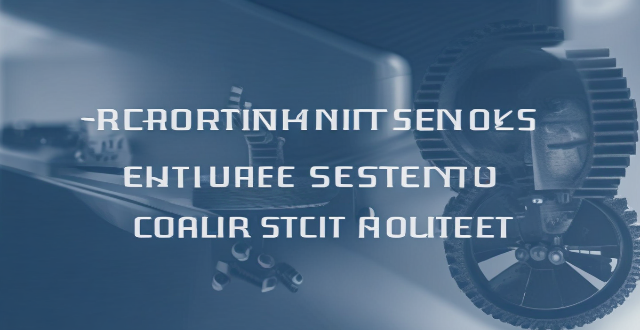The text provides a comprehensive overview of the electronic traction control system (ETCS), explaining its key features, functions, benefits, and overall importance in enhancing vehicle safety and performance. The ETCS is designed to prevent wheel spin by controlling power delivery to the wheels from the engine or motor, thereby maintaining stability and control during acceleration on slippery surfaces. It improves acceleration, enhances stability, adapts to driving conditions, has a user-friendly interface, and optimizes power usage in electric or hybrid vehicles. By preventing skids and slides, the ETCS contributes to safer driving conditions, better performance, and peace of mind for drivers who frequently face challenging road conditions.

The Function of an Electronic Traction Control System
An electronic traction control system (ETCS) is a safety and performance feature in vehicles that helps to maintain stability and control during acceleration, especially on slippery surfaces. The primary function of an ETCS is to prevent wheel spin by controlling the power delivered to the wheels from the engine or motor.
Key Features and Functions:
- Wheel Spin Prevention: The ETCS monitors the rotational speed of each wheel and reduces engine power or applies brakes to individual wheels when it detects excessive spin. This helps in maintaining traction and preventing the vehicle from losing control.
- Improved Acceleration: By preventing wheel spin, the ETCS allows for more efficient transfer of power to the ground, resulting in better acceleration performance.
- Enhanced Stability: During cornering or sharp maneuvers, the ETCS can apply braking force to specific wheels to help maintain vehicle stability and reduce the risk of skidding or sliding.
- Adaptive Traction Control: Some advanced ETCS systems are adaptive and can adjust their intervention level based on driving conditions and driver preferences. They may also be integrated with other vehicle dynamics systems like anti-lock braking systems (ABS) and electronic stability control (ESC).
- User-Friendly Interface: Many modern ETCS systems come with a user-friendly interface that allows drivers to activate or deactivate the system as needed, depending on road conditions and personal preference.
- Energy Efficiency: In electric or hybrid vehicles, an ETCS can help optimize power usage by ensuring that maximum available torque is effectively used for propulsion rather than wasted through wheel spin.
Benefits:
- Safety: By preventing skids and slides, the ETCS contributes to safer driving conditions, particularly in adverse weather or on challenging road surfaces.
- Performance: The system enables drivers to get the best possible performance from their vehicles without compromising safety.
- Peace of Mind: For those who frequently drive in difficult conditions, having an ETCS provides reassurance that their vehicle is less likely to lose traction unexpectedly.
In conclusion, an electronic traction control system plays a crucial role in enhancing both the safety and performance of a vehicle by managing wheel spin and ensuring optimal power delivery to the road surface under various driving scenarios.